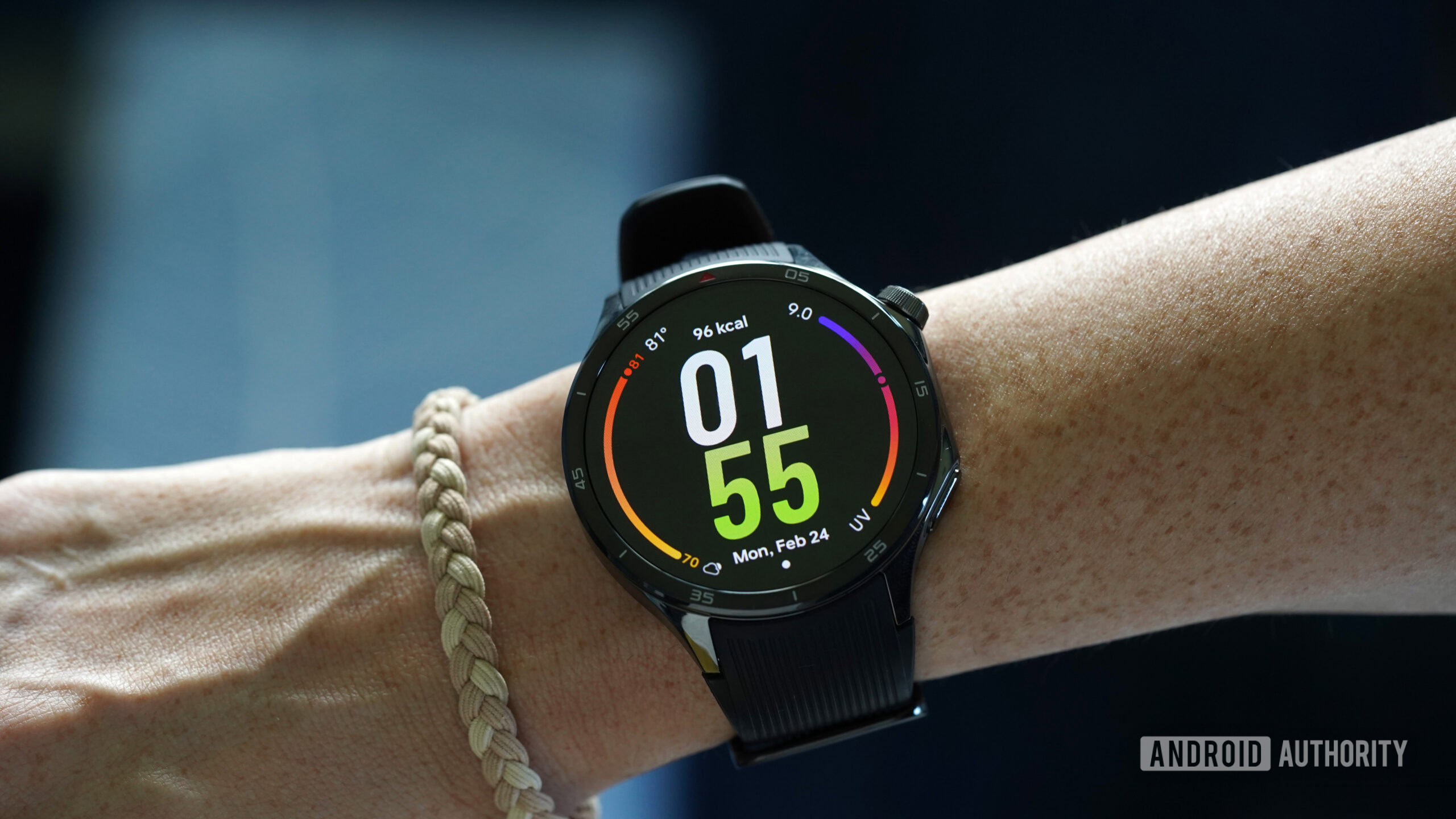Google wants to make Android 16 even better at streaming music and video
Android 16 adds support for running media codecs within the app’s process, making media playback more efficient
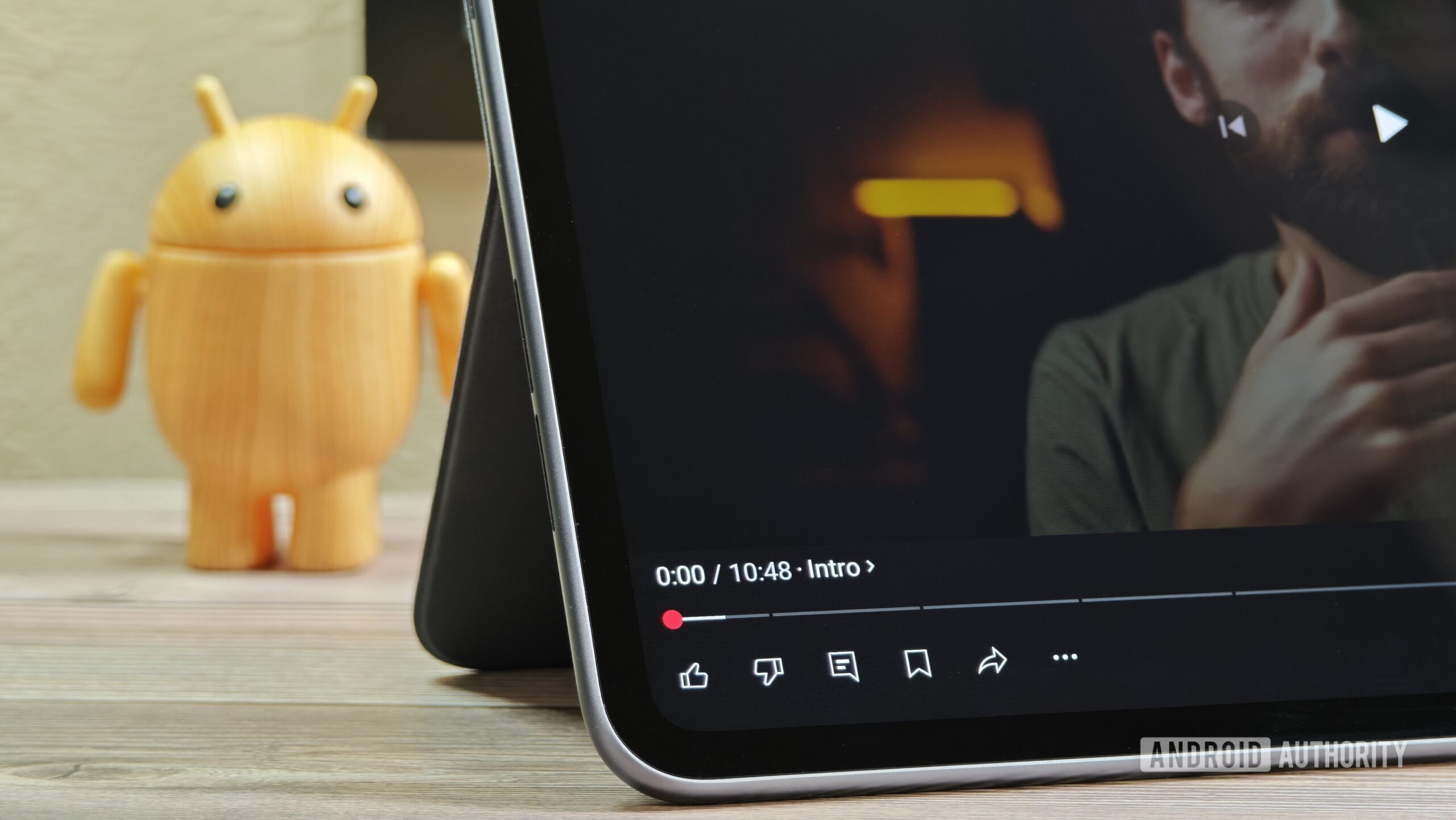
- Android 16 adds support for running media codecs outside of their usual sandboxed process and within the app’s process.
- Doing this reduces the amount of inter-process communication that needs to typically happen between the app and codec process, thereby reducing CPU usage and thus power consumption.
- However, this opens the door to security exploits, which is why codecs need to be written in a memory-safe language like Rust for this to be allowed.
Whenever your Android device plays any kind of media, such as songs or YouTube videos, the operating system spawns a number of complex, independent processes to ensure the media is played back securely. This is done to mitigate vulnerabilities that take advantage of malformed media files or insecure media codecs, such as the infamous Stagefright vulnerability from several years ago. While Android’s media file handling is now much more secure, it is also inefficient, which is an issue that a new feature in Android 16 aims to solve.
A codec is a software algorithm that defines how digital audio or video data is compressed or decompressed. Prior to Android 7.0, the entire media framework was encapsulated in a single, monolithic process that held a lot of sensitive permissions. Because codecs were included, a vulnerability in their media file processing could allow an attacker to escalate privileges.













































































































































































![[The AI Show Episode 142]: ChatGPT’s New Image Generator, Studio Ghibli Craze and Backlash, Gemini 2.5, OpenAI Academy, 4o Updates, Vibe Marketing & xAI Acquires X](https://www.marketingaiinstitute.com/hubfs/ep%20142%20cover.png)














































































































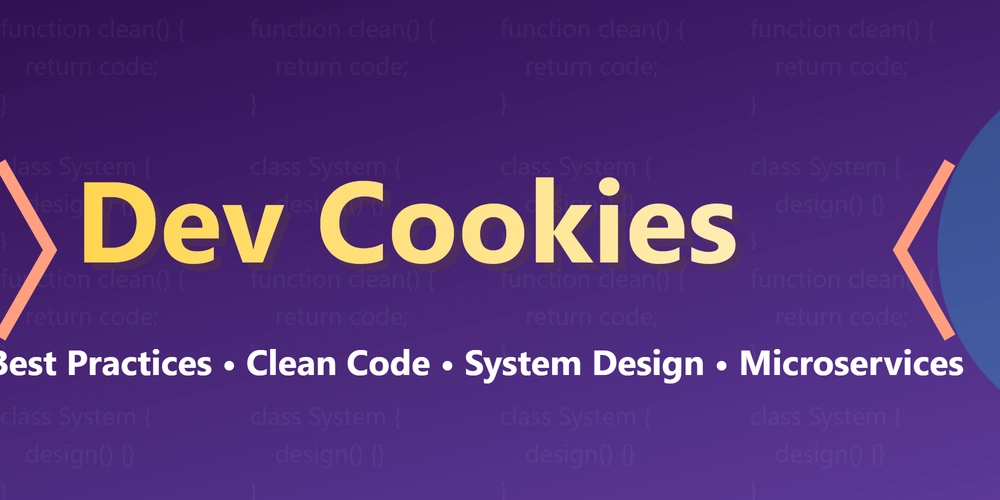

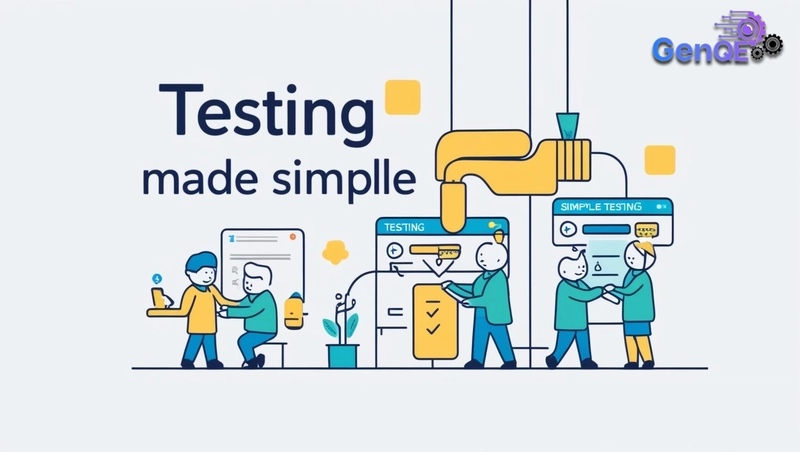
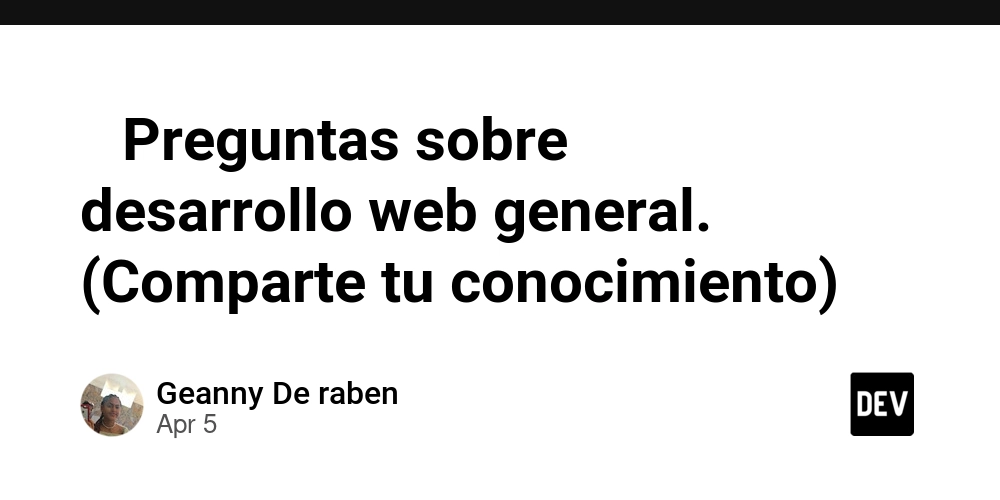









![[FREE EBOOKS] The Kubernetes Bible, The Ultimate Linux Shell Scripting Guide & Four More Best Selling Titles](https://www.javacodegeeks.com/wp-content/uploads/2012/12/jcg-logo.jpg)



![From drop-out to software architect with Jason Lengstorf [Podcast #167]](https://cdn.hashnode.com/res/hashnode/image/upload/v1743796461357/f3d19cd7-e6f5-4d7c-8bfc-eb974bc8da68.png?#)





































































































.png?#)





.jpg?#)
































_Christophe_Coat_Alamy.jpg?#)






































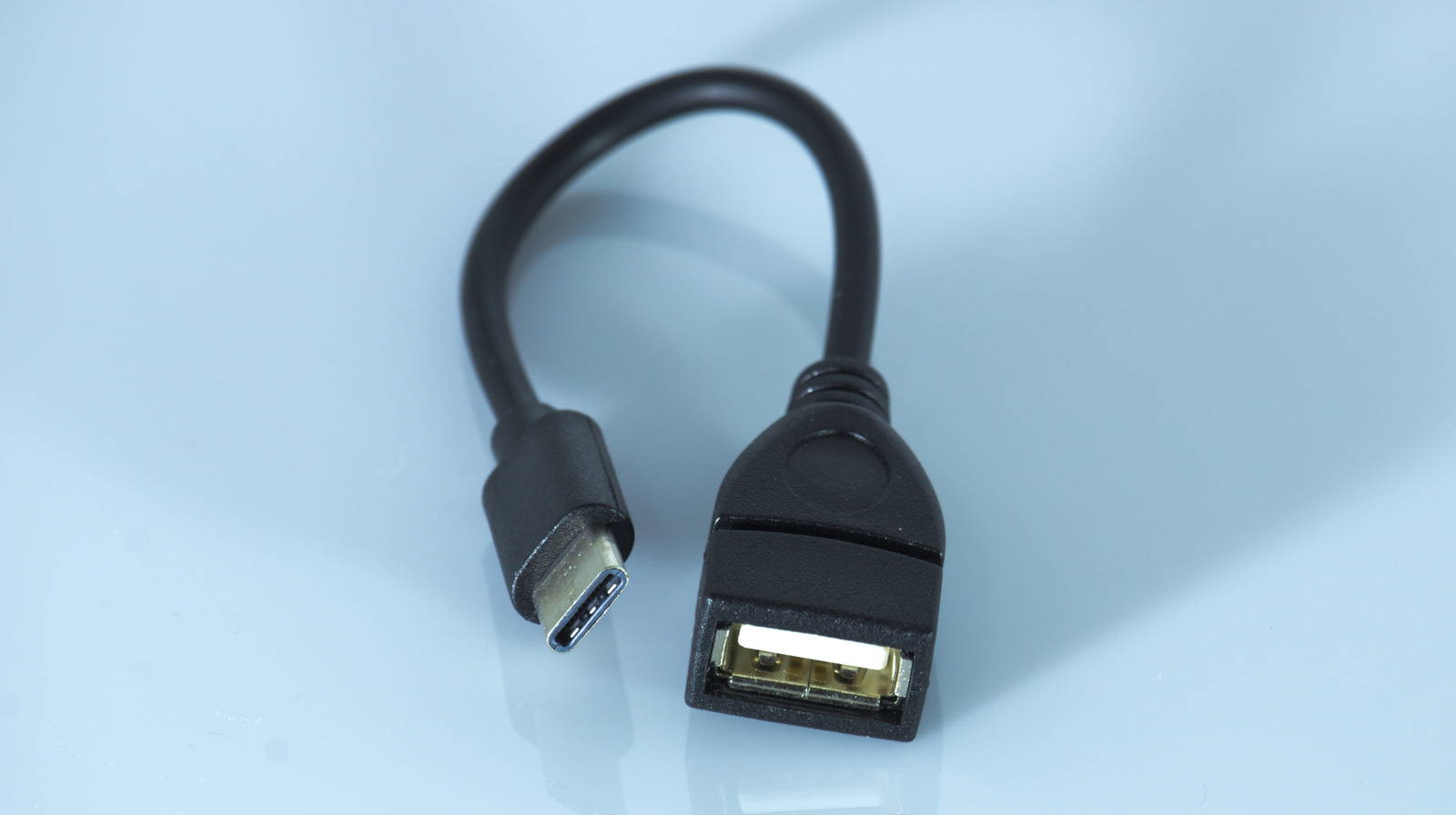



































































![Rapidus in Talks With Apple as It Accelerates Toward 2nm Chip Production [Report]](https://www.iclarified.com/images/news/96937/96937/96937-640.jpg)




































































































































